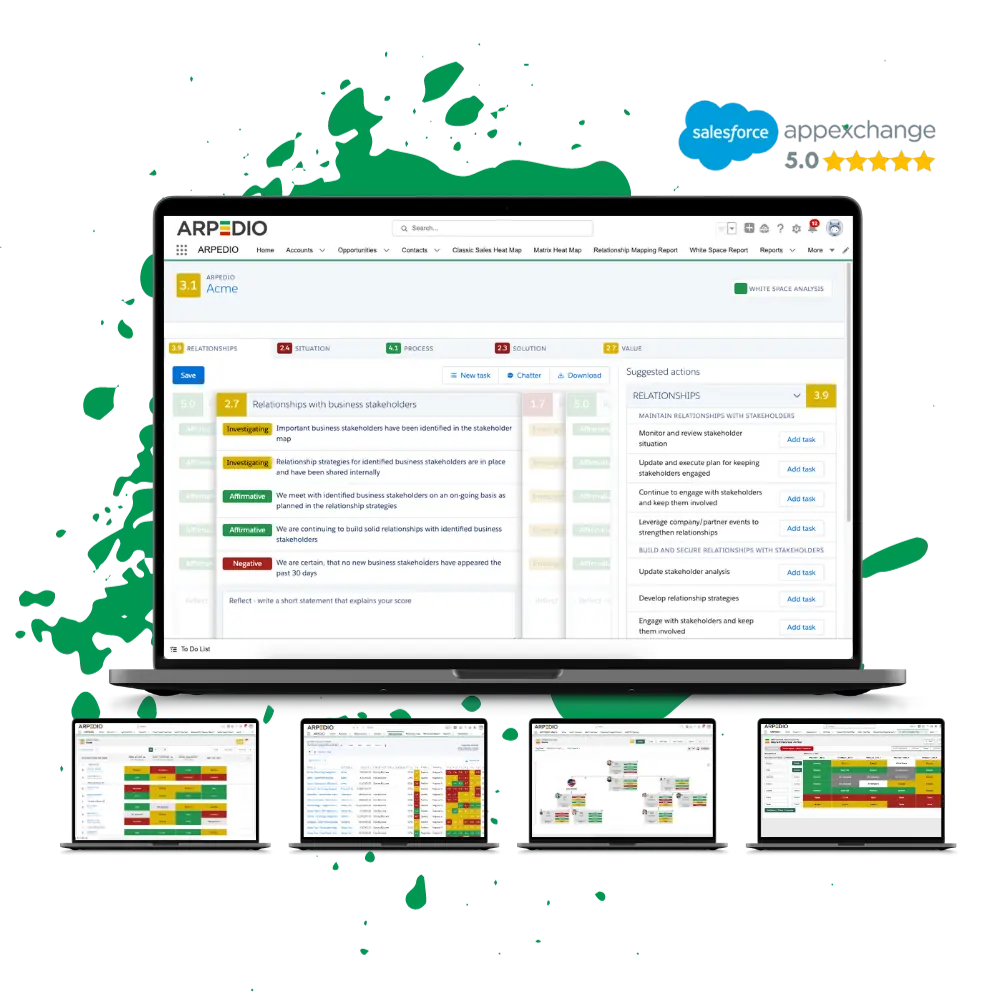One of the greatest challenges facing sales teams today is refining their strategies for optimal performance. This is where Win-Loss Analysis comes in handy. By examining the reasons behind won and lost deals, sales teams can derive valuable insights into their performance and areas for improvement. Furthermore, this method can help teams make informed decisions and drive growth.
Win-Loss Analysis is an invaluable tool for any business looking to improve its sales strategy. Through Win-Loss Analysis, sales teams can refine their tactics and benefit from the insights gained from both won and lost deals. By doing so, they can be better positioned to achieve effective decision-making that can drive growth and move them closer to their organizational goals and priorities.
Key Takeaways
- Win-Loss Analysis is an essential tool for improving sales strategy.
- Sales teams can derive valuable insights from won and lost deals through this method.
- Refining sales strategies can result in effective decision-making and drive growth.
- Win-Loss Analysis demands consistent commitment for sustainable growth.
- Effective Win-Loss Analysis requires data integrity and analysis techniques.
Key Steps in Win-Loss Analysis
Win-Loss Analysis is a powerful tool for refining your sales strategy, but it can be overwhelming if you don’t have a clear process in place. Here are the key steps to conducting effective Win-Loss Analysis:
- Gather feedback from both won and lost deals. It’s important to understand the factors that contributed to both successes and failures. Reach out to customers, both those who chose your product/service and those who didn’t, to hear first-hand about their experiences.
- Analyze the data. Once you have feedback, you need to sort and structure it. Categorize feedback by topic, such as pricing, features, or customer service. This will allow you to identify patterns and common themes.
- Identify patterns and trends. Look for consistent feedback across multiple deals. These patterns can point to strengths or weaknesses in your sales process and help you identify areas for improvement.
- Extract actionable insights. The final step is to use this information to refine your sales strategy. Based on the insights derived from your analysis, develop specific tactics that can be implemented to improve your chances of winning future deals.
Thorough data collection and proper analysis techniques are crucial for making the most of Win-Loss Analysis. By following these key steps, you can gain valuable insights that will help you improve your sales strategy and drive growth.
Leveraging Insights for Sales Strategy Refinement
With the insights generated from Win-Loss Analysis, refining sales strategies is a achievable goal. The gathered data can be used to implement strategies that can enhance sales performance by improving sales pitches, addressing common objections, and adapting to customer preferences. By continually improving and iterating the effectiveness of the sales strategies, it can help businesses gain a competitive edge in the market.
The insights revealed from the Win-Loss Analysis can assist businesses to identify areas of improvement in their sales strategies. This can come from analyzing patterns and trends to determine areas of opportunity. With this information, businesses can tailor their sales strategies based on customer preferences and needs.
Refining Sales Pitches
The data obtained from Win-Loss Analysis can help businesses refine their sales pitches by understanding which messaging resonates best with potential customers. By examining why deals were lost, businesses can pinpoint areas of the sales pitch that failed to effectively communicate the value proposition. Refining the sales pitch based on these insights can help improve the close rate of future deals.
Addressing Common Objections
Win-Loss Analysis can also assist businesses to address common objections made by potential customers. Analyzing the given feedback can help businesses gain a better understanding of the reasons why deals were lost and identify areas of improvement to address frequent objections. This can help sales teams confidently address objections during sales calls and help win more deals.
Adapting to Customer Preferences
Customer preferences and needs may change over time, and Win-Loss Analysis can help businesses stay ahead of these changes. By analyzing feedback from lost deals, companies can understand what customers want and how they can meet those needs. Adapting and refining sales strategies based on customer feedback can lead to increased customer satisfaction, loyalty, and overall growth in the long term.
Driving Growth through Effective Decision-Making
Win-loss analysis can help drive growth in your organization by providing valuable insights that aid in effective decision-making. By analyzing the results of both won and lost deals, organizations can gain a better understanding of their target markets, product positioning, and resource allocation.
With this knowledge, organizations can make informed decisions that align with their goals and priorities, resulting in a more effective sales strategy. It’s important to ensure that sales strategies are continuously refined and iterated upon to ensure long-term success.
One way to maximize the benefits of Win-Loss Analysis is by aligning sales strategies with organizational goals and priorities. By doing so, organizations can achieve a shared vision and work towards achieving common objectives.
Case Study: Company XYZ
| Won Deal | Lost Deal | |
|---|---|---|
| Sales Rep 1 | $500,000 | $0 |
| Sales Rep 2 | $0 | $100,000 |
| Sales Rep 3 | $300,000 | $200,000 |
Company XYZ recently conducted a Win-Loss Analysis that revealed key insights about their sales strategy. They discovered that certain sales reps were consistently winning deals while others were losing them. By analyzing the data, they were able to identify patterns and trends and take corrective action.
They implemented a coaching program that helped struggling reps improve their performance and aligned their sales strategies with organizational goals and priorities. As a result, they were able to close more deals and drive growth for the business.
Maximizing the Benefits of Win-Loss Analysis
Win-Loss Analysis can significantly improve your sales strategy, but it’s crucial to maximize its benefits to drive sustainable growth. Here are some practical tips:
- Ensure data integrity by collecting data consistently, tracking metrics, and avoiding bias.
- Conduct regular analyses to stay up-to-date with market trends and customer needs.
- Involve key stakeholders in the analysis process, including sales reps, managers, and executives.
- Foster a culture of learning and continuous improvement, where feedback is valued and acted upon.
By following these tips, you can ensure that Win-Loss Analysis is not only a one-time event but an ongoing process that drives continuous growth and improvement in your sales strategy.












